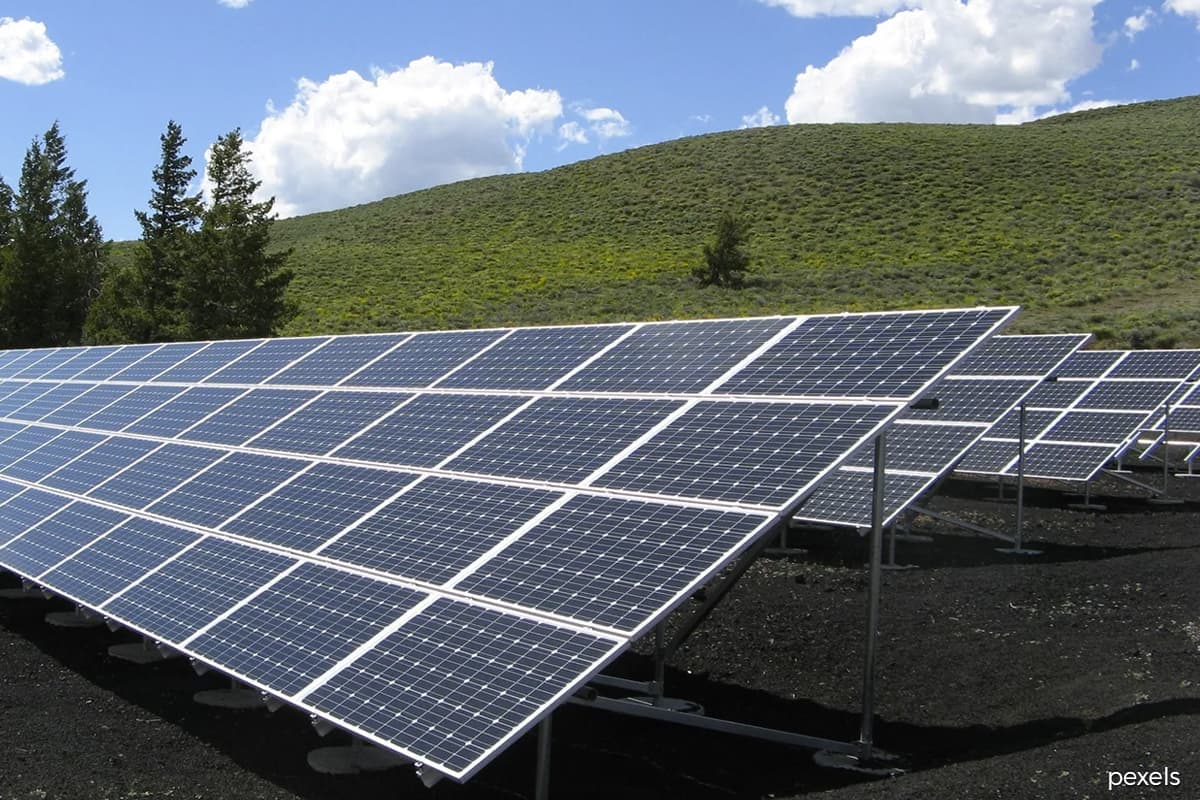
KUALA LUMPUR (Dec 13): Although Malaysia maintained its pole position in 2021 as the largest US solar photovoltaic (PV) maker, its market share shrank to 31% from 42% in 2020.
According to Norway-based independent energy research and business intelligence company Rystad Energy, the second place went to Vietnam with 28.8% in 2021, also down from 38% the prior year, followed by Thailand in the third place at 26.2%.
In a statement on its website last Friday (Dec 10), Rystad said the decrease in market share for Malaysia and Vietnam illustrated a rise in imports from other nations, including Thailand and South Korea. Only 1% of 2021 year-to-date imports came from regions outside of Asia.
Rystad said sustained efforts by the US to boost its domestic solar PV manufacturing capabilities by imposing anti-dumping tariffs on Chinese modules had comprehensively failed.
It said although the tariffs had indeed decimated direct shipments from China, they were unsuccessful in decreasing overall US dependency on imports, which are set to hit a new annual record in 2021.
Rystad said the US is on track to import a record 27.8 gigawatts (GW) of solar PV panels in 2021 from a range of countries, up from 26.7GW last year.
It said if recent import trends continue, solar PV imports in 2021 will be worth US$8.9 billion (about RM37.46 billion) in total, a marginal increase from the 2020 total of US$8.7 billion, which was also a new record at the time.
Rystad said as the solar industry in the US had grown in recent years, the government strived to protect its domestic solar PV manufacturing capacity, primarily through imposing tariffs on Chinese imports.
Rystad renewables analyst Marcelo Ortega said the US tariffs are doing little to boost domestic production.
“Instead, they are pushing the cost of panels higher and shifting their country of origin to other countries in Asia.
“Policymakers should reconsider their strategies for the US to rise in the global PV manufacturing market and supply domestic demand. A way forward could be emulating the tax credit schemes that have been instrumental in solar and wind capacity deployments in the country,” he said.
Rystad said although these imported modules originated in Southeast Asia, the manufacturers are typically Chinese enterprises that had offshored the assembly phase, the last step in PV module production.
It said some efforts to counteract these strategies by Chinese companies had been proposed by the US but had so far fallen short.
The firm said that in 2018, the Trump administration doubled down on attempts to foster a domestic supply chain for solar PV panels, enacting Section 201 tariffs on imported cSi.
The policy heavily impacted PV imports and capacity installations in 2018, lowering imports to 6.8GW, down 66.7% from the 10.2GW imported in 2017.
However, the industry bounced back in 2019 and 2020, thanks in part to a temporary tariff exemption and the scheduled phasing down of tariffs.
In August 2021, the US Department of Commerce received an anonymous petition to investigate Chinese manufacturers circumventing anti-dumping tariffs by relocating facilities to Malaysia, Thailand and Vietnam.
Rystad said the move could have expanded the tariffs to include these countries but the request was rejected in November.
If passed, the impact on US manufacturing would likely have been negligible, it said.
